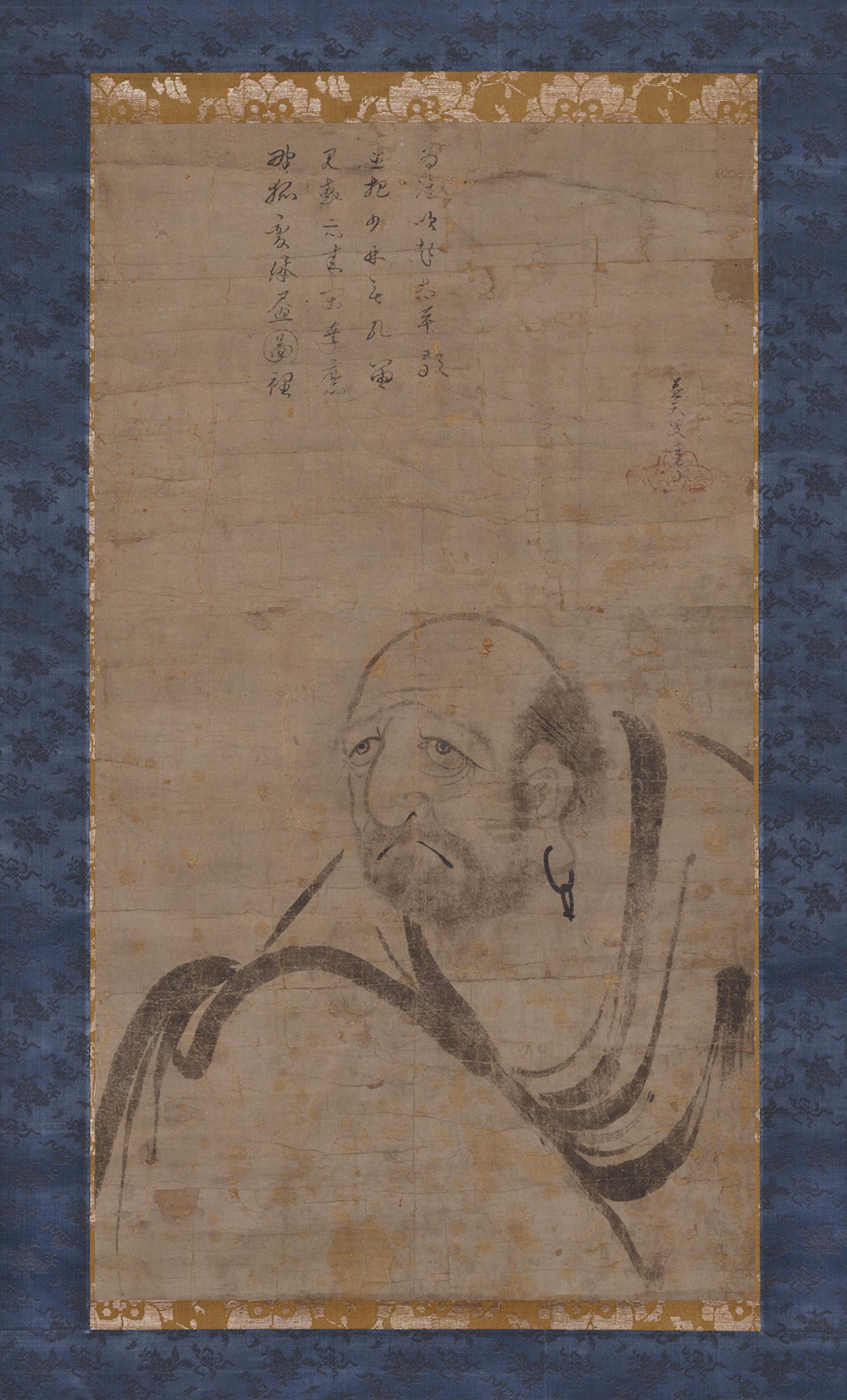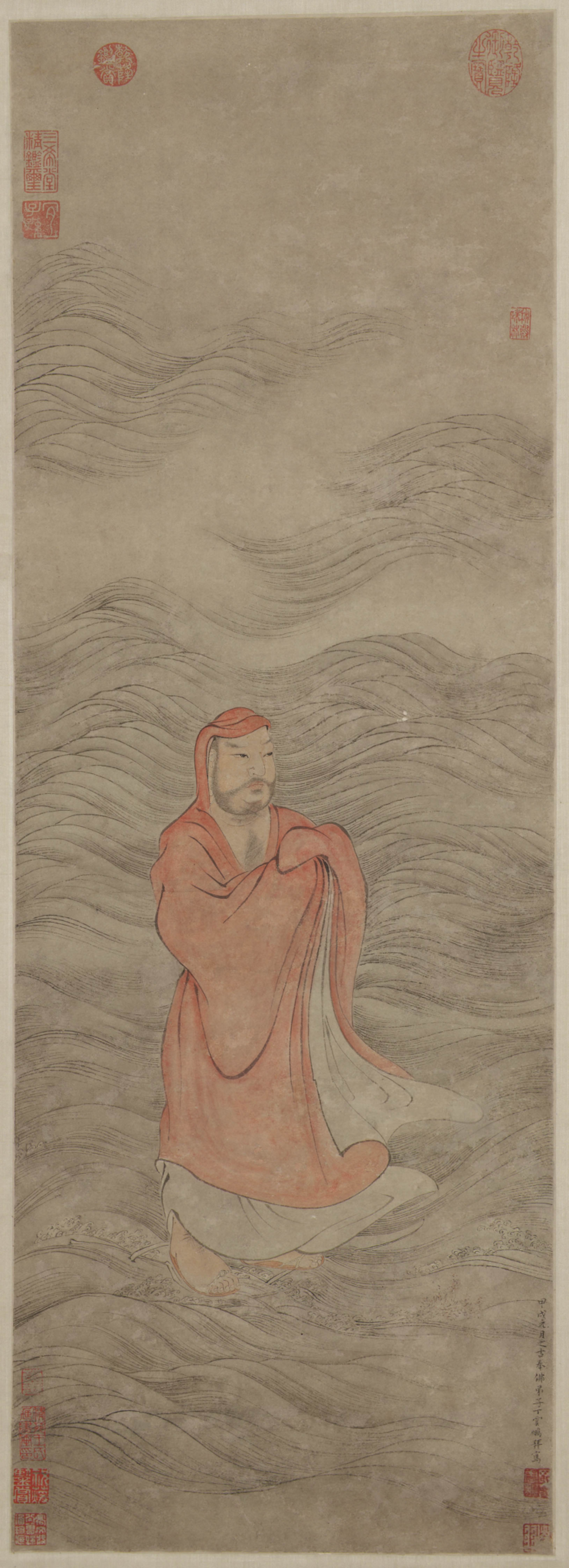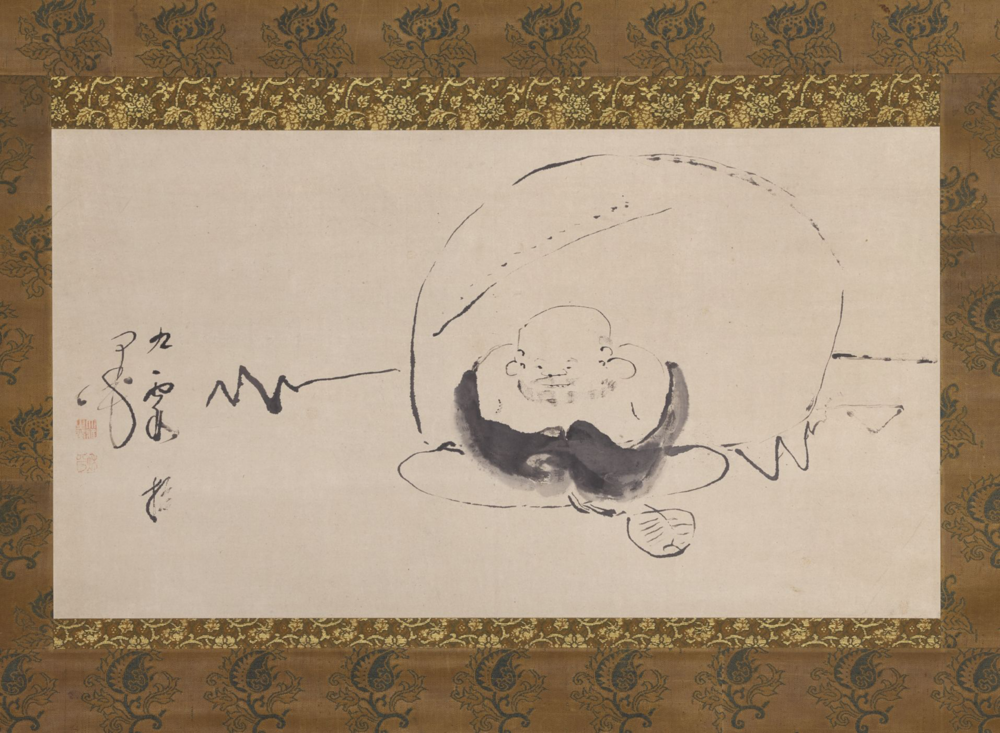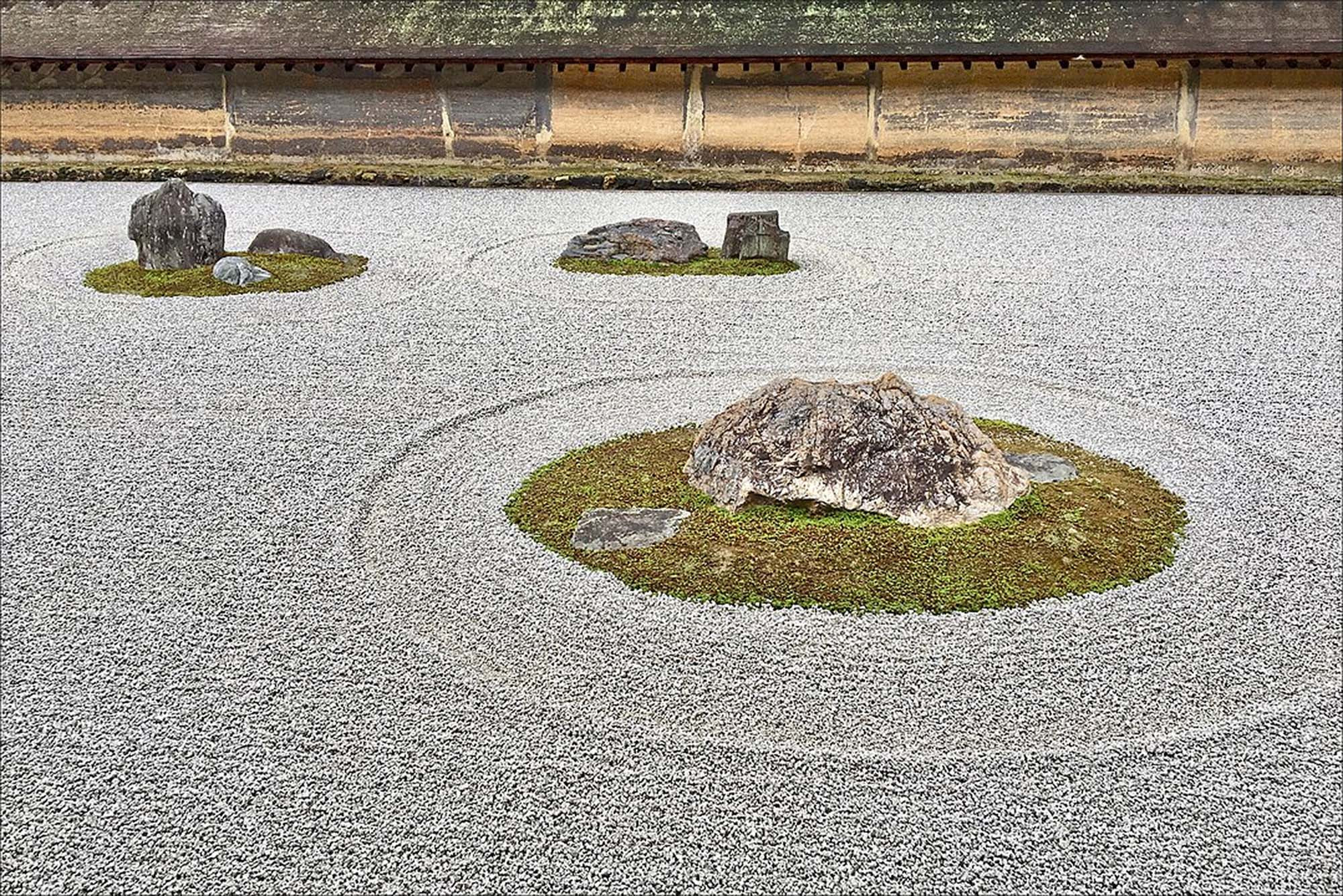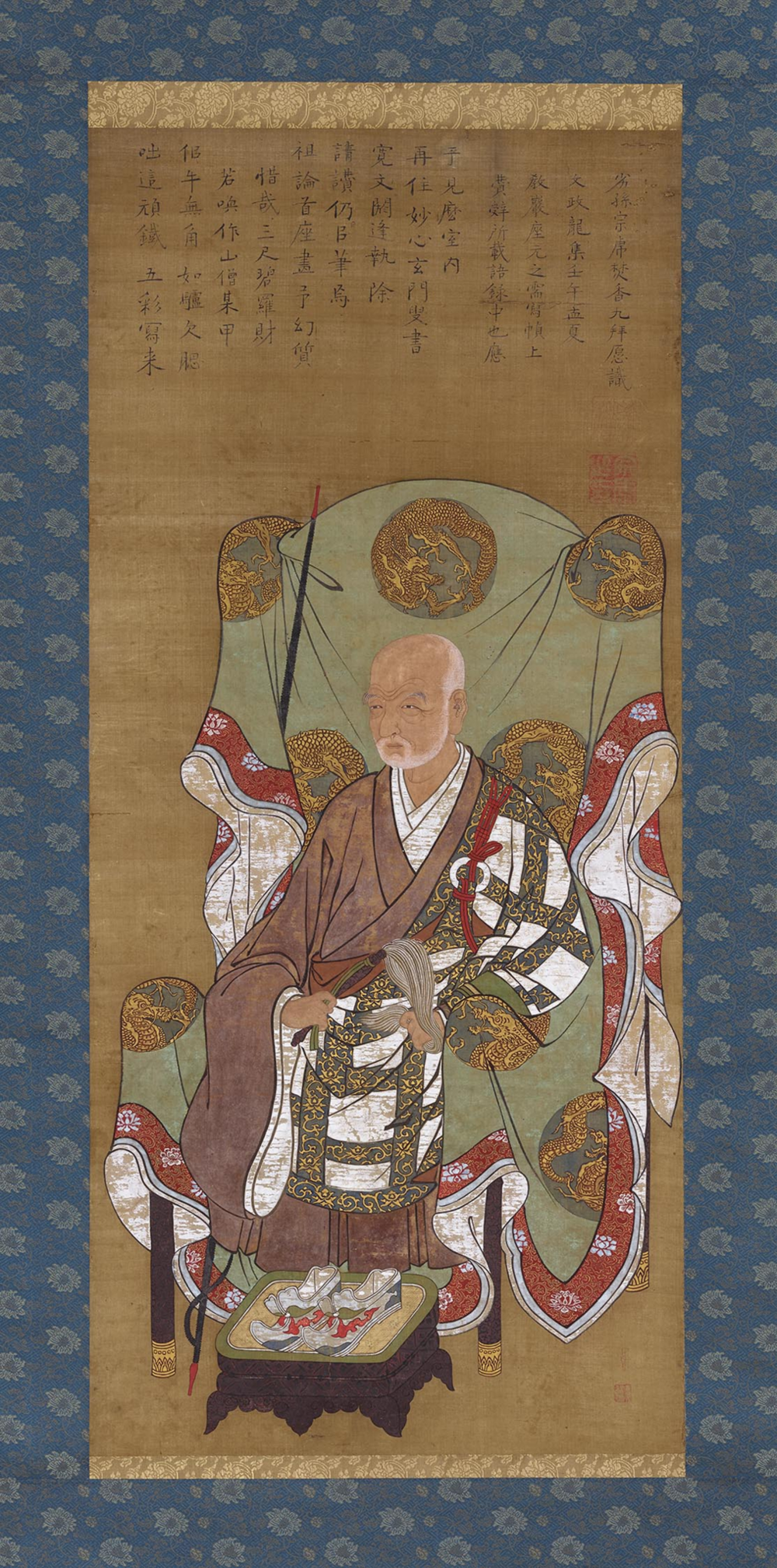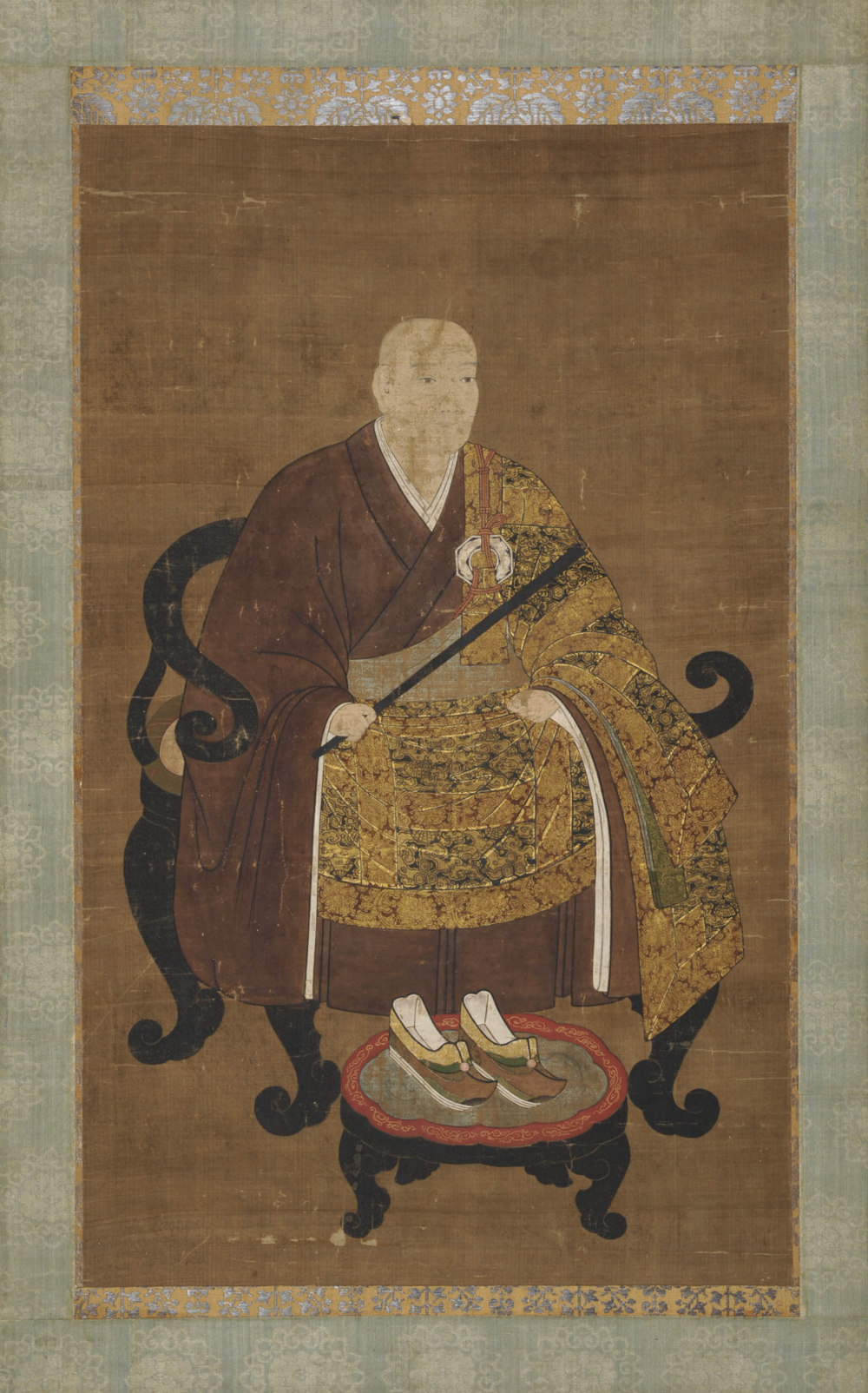“Zen” became a familiar word outside Asia in the 1970s thanks to Robert M. Pirsig’s bestselling book Zen and the Art of Motorcycle Maintenance. The word is often used colloquially to mean a sense of calmness and unflappable poise.
“I am Zen” is now even found on T-shirts and mugs. Meditation centres and martial arts schools use it in their advertising.
Zen, in fact, refers to a school of Mahayana Buddhism that emerged in 6th-century China and became widespread in Japan in particular.
If you want to learn more about Zen Buddhism and why it has become so popular outside Asia, this story will give you the answers – and something to think about!
